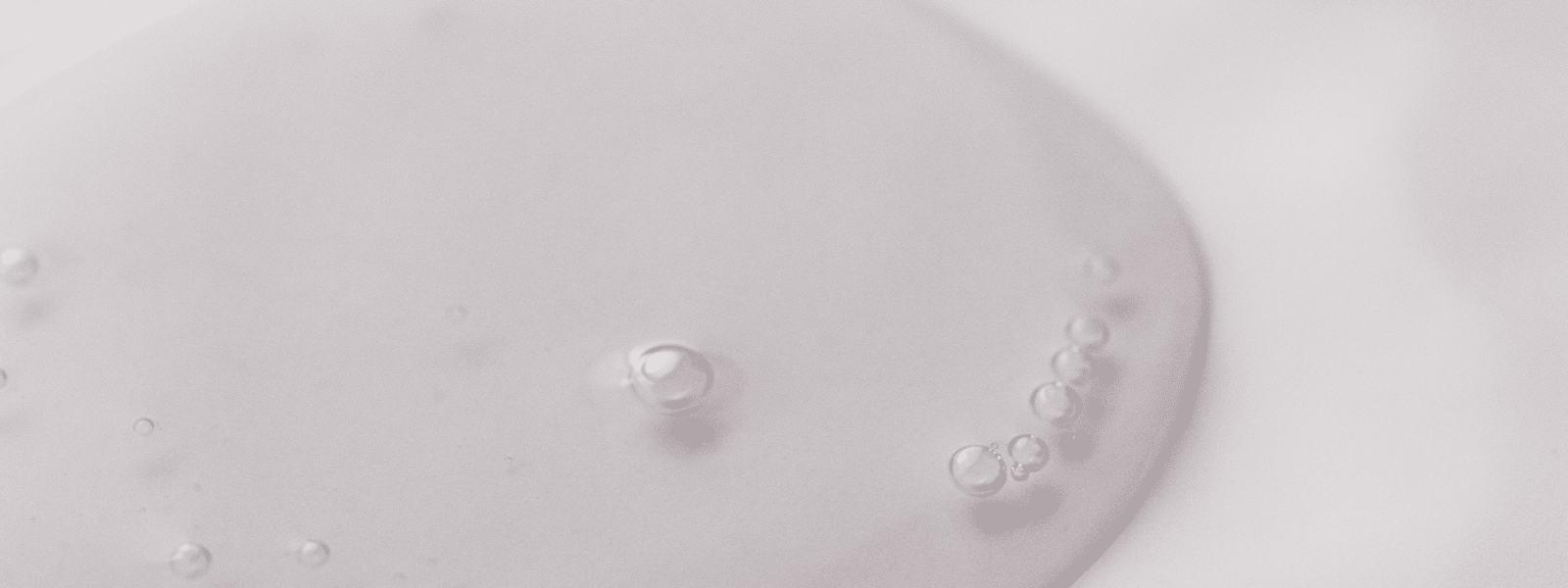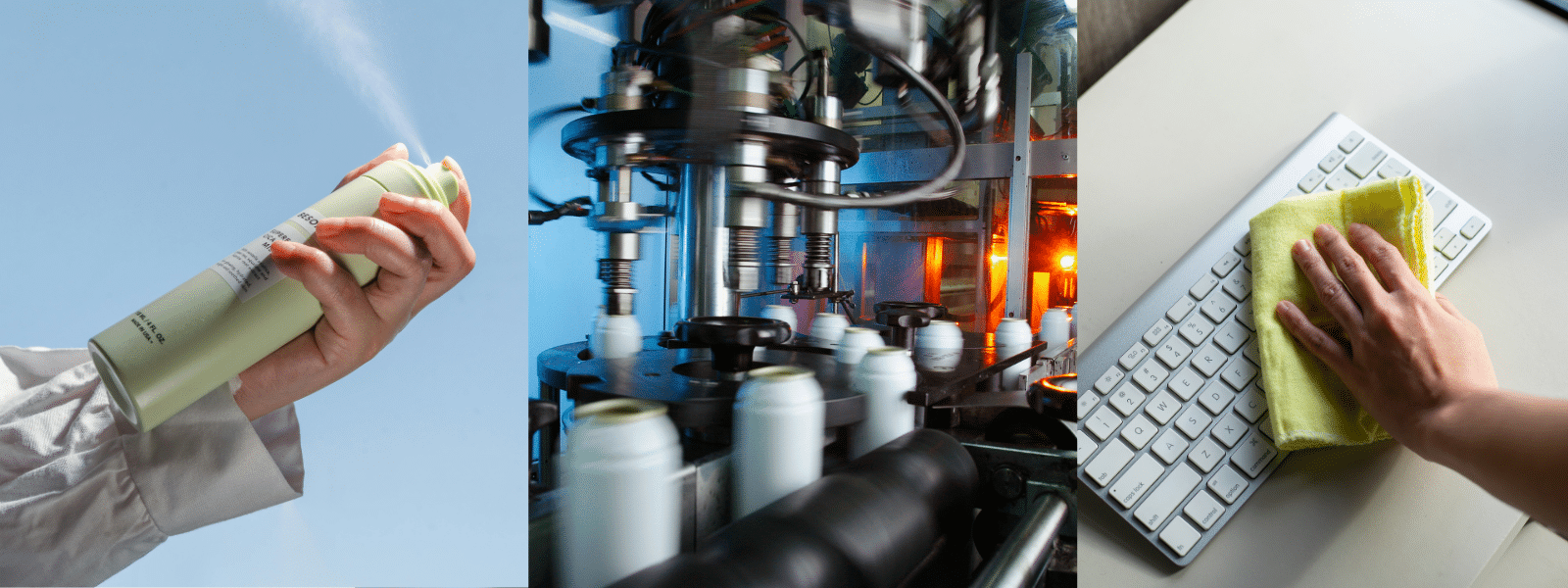Evaporating solvents: If you use the term as a general classification for solvents that readily evaporate, you come up with a group of products in which it seems almost every solvent belongs. The fact that most solvents evaporate — some at a remarkably high or low rate — is good in some contexts and bad in others. There’s also a context in which the bad can become downright ugly. From an industrial user’s point of view, here are the good, bad, and ugly of evaporating solvents.
The Good
Evaporating solvents generally possess one of two benefits when it comes to evaporation rate: They evaporate slowly and have a long exposure time to the cleaning surface, which helps break down thick accumulations; or they evaporate quickly, preventing parts from oxidizing and expediting soil removal for applications that demand a quick turnaround time, (e.g. degreasing the engine of an airliner or military jet that must return to the runway shortly.)
Evaporation rate is a good example of a solvent characteristic that impacts the performance of a solvent beyond its chemical efficacy. Moreover, in what seems like circular reasoning, the formulation of a solvent determines how quickly it evaporates, and the solvent’s evaporation rate partly determines the efficacy of the formulation.
The Bad
Evaporating solvents can only remove soils that they evaporate slowly enough to break down. Sometimes, breaking up soils requires a good soaking; while other applications demand the opposite: fast evaporation. If you try to use a fast evaporating solvent for an application that requires a minutes of contact time between the solvent and cleaning surface, you could go through can after can and still not complete the job.
By the same token, a slow evaporation rate can doom applications that require a fast drying solvent. For instance, you don’t want switchgear to be wet when it’s reenergized after a good degreasing, and you don’t want precision parts to start rusting because water from an aqueous solvent hides in metal crevices.
The Ugly
The ugliest part of solvent evaporation is when injuries or financial losses result directly from using a solvent that has the wrong evaporation rate for the application.
In many industrial work settings, injury and financial loss are one in the same; worker injuries lead to sick days, workers comp, legal settlements, etc. Respiratory damage and slip-and-fall events are injuries that can result at least partly from how quickly certain solvents evaporate. As for respiratory damage, it depends entirely on the solvent that is evaporating.
About Ecolink
Ecolink is a supplier of environmentally safe and environmentally preferred, competitively priced solvents. We have many replacements for hazardous, regulated solvents, which demonstrate equal or better efficacy than what they replace. We also formulate custom solvents for the needs of specific users, and provide free test samples of any solvent we sell, stock or custom.
For more information about our products and services, call us today at 800-563-1305, or send us an email through our contact form. We look forward to hearing from you!















